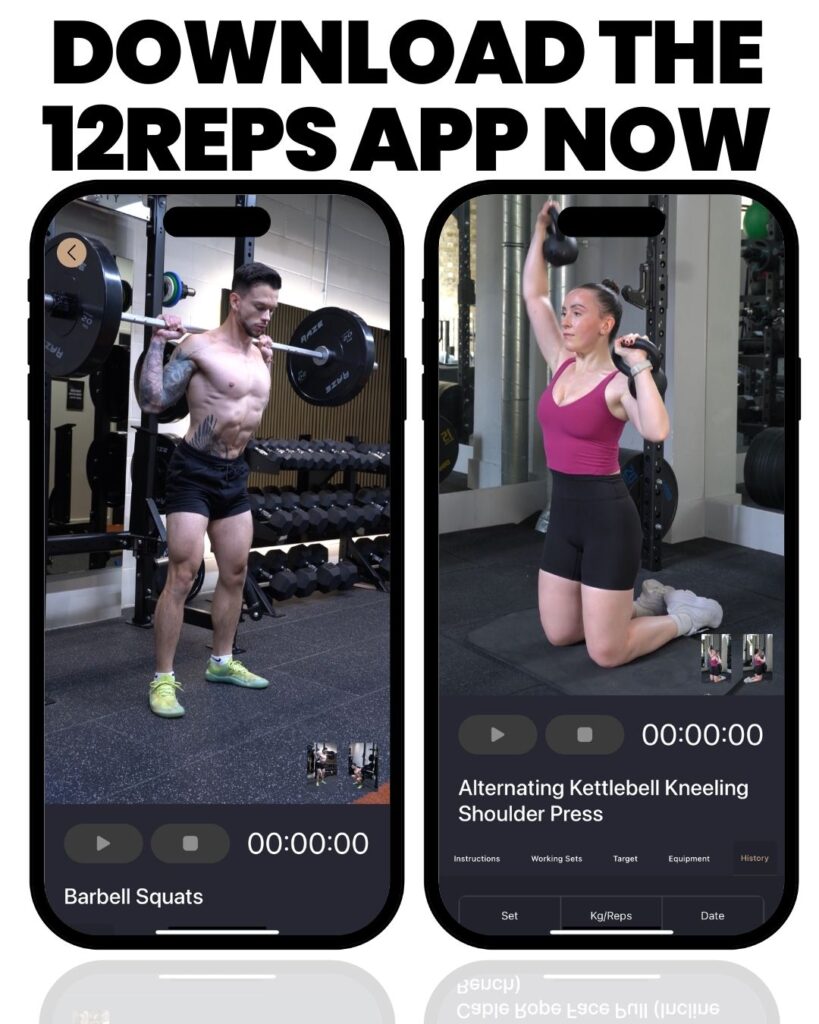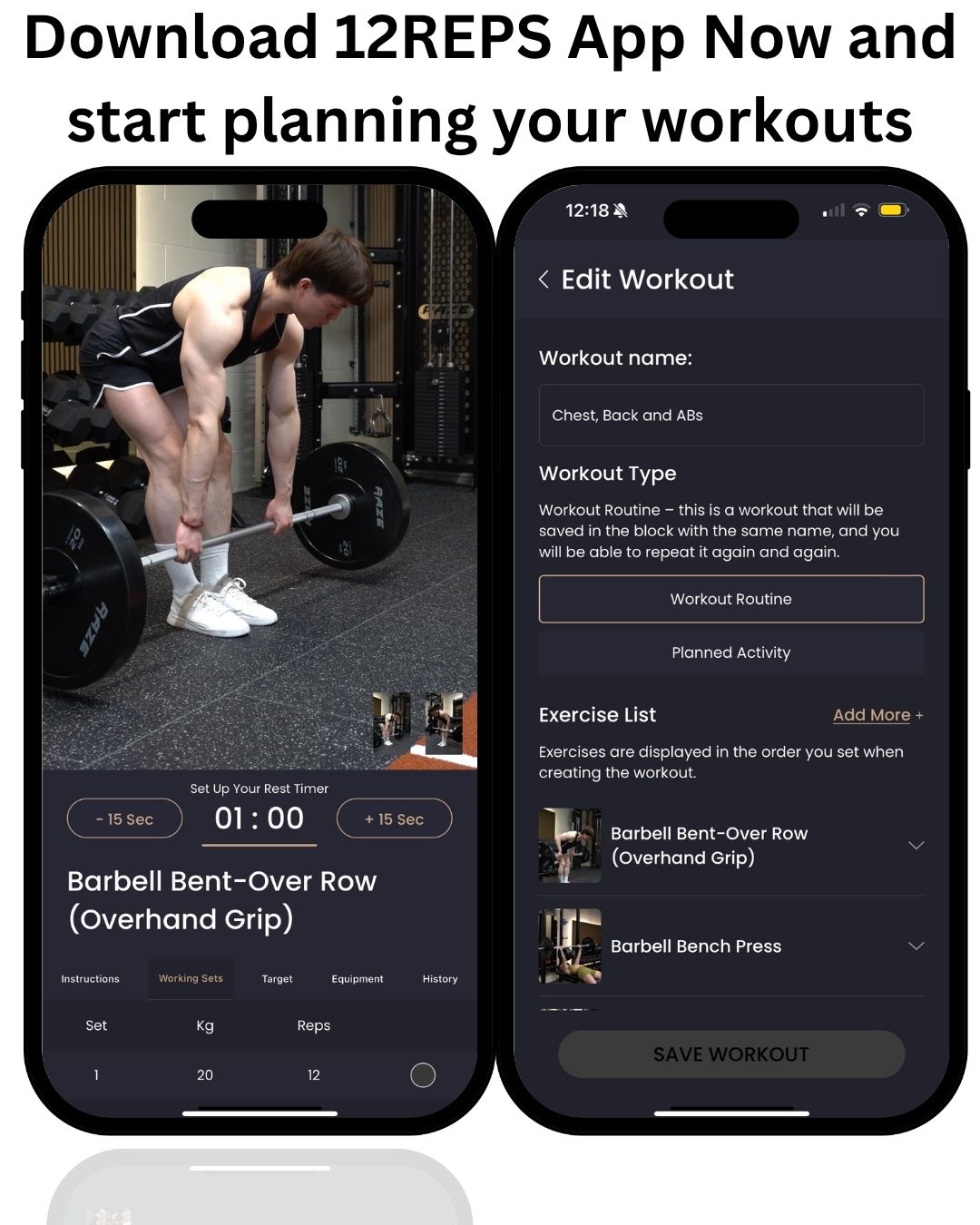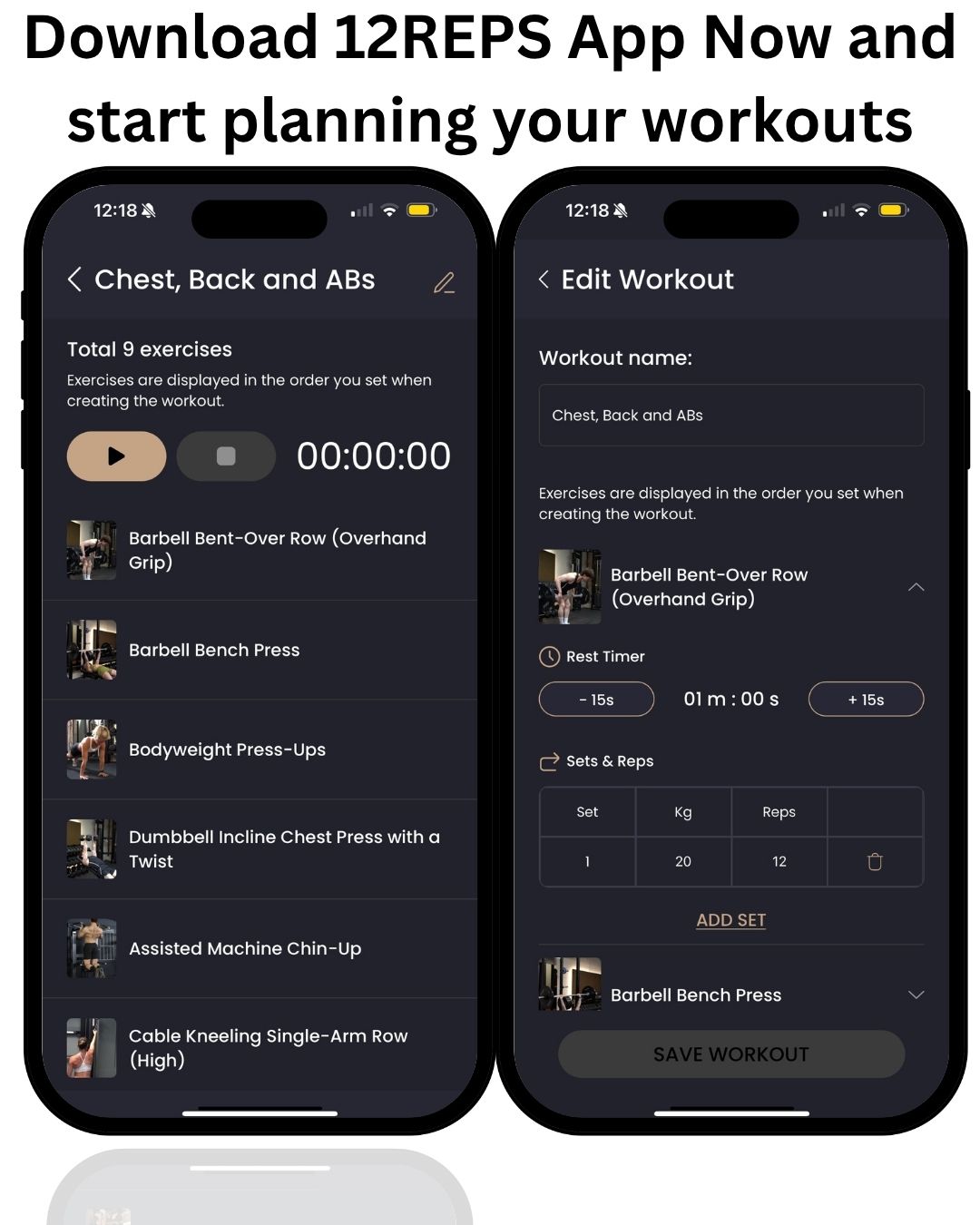Written by Will Duru, BSc (Hons) Sport and Exercise Science, award-winning Personal Trainer with over 10 years of experience in strength training and optimising recovery .
For years, the fitness world has been neatly divided. On one side, you had the strength athletes, the powerlifters, the bodybuilders, the folks who lived and breathed iron, chasing bigger lifts and more muscle. On the other, the endurance crowd, the marathon runners, the triathletes, the cyclists, who thrived on pushing their cardiovascular limits for hours on end. It was almost as if these two worlds couldn’t coexist in the same body. You were either strong, or you were fast. Never both.
But what if I told you that this traditional divide is becoming a thing of the past? What if you could have the best of both worlds – the raw power of a strength athlete combined with the unwavering stamina of an endurance machine? Welcome to the era of the hybrid athlete. This isn’t just a new fitness trend; it’s a fundamental shift in how we approach physical capability. A hybrid athlete is someone who defies specialisation, someone who can deadlift a serious weight on Monday and then run a half marathon on Saturday, all while looking lean and athletic. They embody versatility, combining strength and endurance to achieve an all-around performance that is truly remarkable.
As a personal trainer with a decade of experience, and with a sport science degree under my belt, I’ve had the privilege of working with a diverse range of clients. From guiding aspiring marathon runners across their first finish line to preparing athletes for the gruelling demands of CrossFit and Hyrox, I’ve seen firsthand the incredible adaptations the human body is capable of. My journey has always been about pushing boundaries and understanding the science behind peak performance. This article is born from that experience, designed to guide you, the pure strength athlete, on how to adapt your training to embrace this hybrid philosophy, leading to not just enhanced performance but also a leaner, more functional physique.
So, if you’re ready to break free from the confines of a single discipline and unlock a new level of athletic potential, let’s dive in. It’s time to go beyond the barbell and forge a truly hybrid you.

The Energy Systems of a Hybrid Athlete
To truly excel as a hybrid athlete, you need to understand and train all three primary energy systems. These are the body’s different ways of producing energy (ATP) to fuel muscle contraction. Neglecting any one of them will leave a significant gap in your overall athletic profile. Let’s break them down:
1. The ATP-PC (Adenosine Triphosphate-Phosphocreatine) System
This is your body’s immediate, explosive power system. It’s like hitting the nitrous button in a race car. The ATP-PC system provides energy for very short, maximal efforts lasting up to about 10-15 seconds. Think of a one-rep max lift, a powerful jump, or a short, all-out sprint. It relies on readily available stores of ATP and phosphocreatine within your muscles. Training this system means focusing on very high-intensity, short-duration efforts with plenty of rest in between sets to allow for full recovery and replenishment of these energy stores. This is where your pure strength and power work comes into play, building that raw, explosive capability.
2. The Anaerobic Glycolytic (Lactic Acid) System
Once your ATP-PC system is depleted, your body shifts to the anaerobic glycolytic system. This system breaks down glucose (from carbohydrates) without the presence of oxygen, producing energy for high-intensity efforts lasting from roughly 30 seconds to 2-3 minutes. This is the system that fuels those gruelling CrossFit workouts, a hard 400-metre sprint, or a set of high-repetition squats that push you to your limits. The byproduct of this process is lactate and hydrogen ions, which cause that familiar burning sensation in your muscles. Training this system involves sustained high-intensity efforts that push you into that uncomfortable ‘burn’ zone, followed by incomplete recovery periods. This builds your capacity to tolerate and clear lactate, allowing you to maintain higher intensities for longer.
3. The Aerobic Oxidative System
This is your long-duration energy system, the workhorse of endurance. The aerobic oxidative system uses oxygen to efficiently break down carbohydrates and fats to produce a steady supply of energy. It’s the system that kicks in for any activity lasting longer than a few minutes, from a 5k run to a marathon, or even just walking around all day. Training this system builds your cardiovascular endurance, improves your body’s ability to use fat for fuel (sparing precious carbohydrate stores), and significantly enhances your recovery capabilities. This is the crucial component for the endurance side of hybrid training, building your engine for sustained effort.
Strength Endurance
Beyond these primary systems, a hybrid athlete also needs to develop strength endurance. This is the ability of a muscle or group of muscles to sustain repeated contractions against a resistance for an extended period. It’s a blend of muscular strength and aerobic capacity. Imagine rowing for a long distance, performing high-repetition deadlifts, or carrying heavy objects for time. Training for strength endurance involves using moderate loads for higher repetitions or sustaining efforts with sub-maximal weights, pushing your muscles to work under fatigue.
Power Strength
Then there’s power strength, which refers to your ability to exert maximal force in the shortest possible time. It’s about combining strength with speed. Think of Olympic lifts, box jumps, or throwing a heavy medicine ball. Training for power strength focuses on explosive movements with moderate loads, where the emphasis is always on the speed of execution, not just the weight lifted.
The Lactic System: How to Overcome and Train It
The ‘lactic system’ is often misunderstood. Lactic acid itself isn’t the enemy; in fact, it can be used as a fuel source. The ‘burn’ you feel during intense exercise is primarily due to the accumulation of hydrogen ions, which lower the pH in your muscles and interfere with their ability to contract efficiently. Training to overcome this involves two key aspects:
- Lactate Tolerance: This means repeatedly pushing into and beyond your lactic threshold to teach your body to tolerate higher levels of acidity. This is achieved through sustained high-intensity intervals where you intentionally push into that uncomfortable zone.
- Lactate Clearance: This involves improving your body’s ability to clear lactate and hydrogen ions from the muscles and blood. Both high-intensity interval training (HIIT) and a strong aerobic base contribute to this, as the aerobic system can efficiently use lactate as fuel. The better your aerobic engine, the faster you can recover from anaerobic efforts.
For a hybrid athlete, the goal isn’t to isolate these systems but to integrate them intelligently into a cohesive training programme. It’s about building a robust engine that can seamlessly transition between explosive power and sustained endurance, making you truly capable in any physical challenge. This comprehensive approach to energy system training is what sets the hybrid athlete apart.

The Unsung Hero: Why Strength is Paramount
While the hybrid athlete embodies a balance of strength and endurance, if you were to ask me, as a seasoned trainer and sport scientist, what the single most critical component is for success in this domain, my answer would be unequivocal: strength. It’s the bedrock upon which all other athletic qualities are built, and for the hybrid athlete, it’s the unsung hero that enables both performance and longevity.
Let me explain why I firmly believe strength is the number one component in becoming a truly capable hybrid athlete:
Injury Prevention: Building a Resilient Body
This is perhaps the most fundamental reason. A stronger body is, quite simply, a more resilient body. When you engage in both heavy lifting and high-volume endurance work, you’re placing significant stress on your musculoskeletal system. Strength training doesn’t just build bigger muscles; it fortifies your bones, strengthens your tendons, and toughens your ligaments. This comprehensive strengthening makes you far less susceptible to the overuse injuries that can plague athletes who specialise in endurance without a robust strength foundation. Think about the repetitive impact of running miles upon miles, or the dynamic, often unpredictable movements in a Hyrox race. A solid strength base helps your body absorb and dissipate these forces, protecting your joints and connective tissues from wear and tear. It’s your armour against the demands of hybrid training.
Improved Running Economy: More Speed, Less Effort
For anyone looking to combine strength with endurance, particularly running, this is a game-changer. A stronger lower body – specifically your glutes, hamstrings, and quadriceps – allows you to generate more force with each stride. This translates directly into improved running economy, meaning you can run faster with less effort. Imagine having a more powerful engine in your car; it doesn’t have to work as hard to maintain speed. Similarly, a stronger runner is a more efficient runner. They expend less energy to maintain a given pace, which means they can sustain that pace for longer or increase their speed without feeling as fatigued. This isn’t just about raw speed; it’s about making your endurance efforts feel easier and more sustainable.
Increased Power Output: Strength Applied Quickly
Strength is the absolute prerequisite for power. Power, in simple terms, is the ability to exert maximal force in the shortest possible time. Whether you’re exploding out of the starting blocks, jumping over an obstacle, or performing a heavy sled push in a Hyrox event, you need power. And the more raw strength you possess, the greater your potential to generate power. If you can’t produce significant force, you certainly can’t produce it quickly. By building your strength, you’re laying the groundwork for explosive movements that are crucial in many hybrid athletic endeavours.
Enhanced Lactate Threshold: Working Harder for Longer
This is where strength training directly impacts your endurance capacity. Studies have shown that strength training can significantly improve your body’s ability to buffer and clear lactate. This means you can work at a higher intensity for a longer duration before that familiar burning sensation forces you to slow down or stop. A higher lactate threshold is an invaluable asset for any endurance event, allowing you to maintain a faster pace or push harder through challenging sections. It essentially raises your ceiling for sustained high-intensity effort.
Better Body Composition: The Leaner, More Athletic You
As we touched upon earlier, strength training is an incredibly potent tool for optimising body composition. It’s the primary driver for building and maintaining muscle mass. When combined with the calorie-burning effects of endurance training, this leads to a powerful synergy for fat loss. The result? A leaner, more athletic physique. This isn’t just about aesthetics; a better power-to-weight ratio can significantly enhance your performance, especially in events where you have to move your own body weight, like running or burpees. You become a more efficient machine, carrying less excess baggage and more functional muscle.
In my years of coaching, I’ve consistently observed that athletes who neglect their strength work in favour of pure endurance training often hit a plateau in their performance and are far more prone to injuries. They might be able to run for miles, but their lack of muscular resilience leaves them vulnerable. Conversely, strength athletes who shy away from endurance work miss out on the incredible cardiovascular benefits and the ability to sustain effort. By building a solid foundation of strength, you’re not just getting stronger; you’re building a more robust, efficient, and injury-resistant machine that is perfectly equipped to handle the multifaceted demands of hybrid training. It’s the smart way to train for longevity and peak performance.
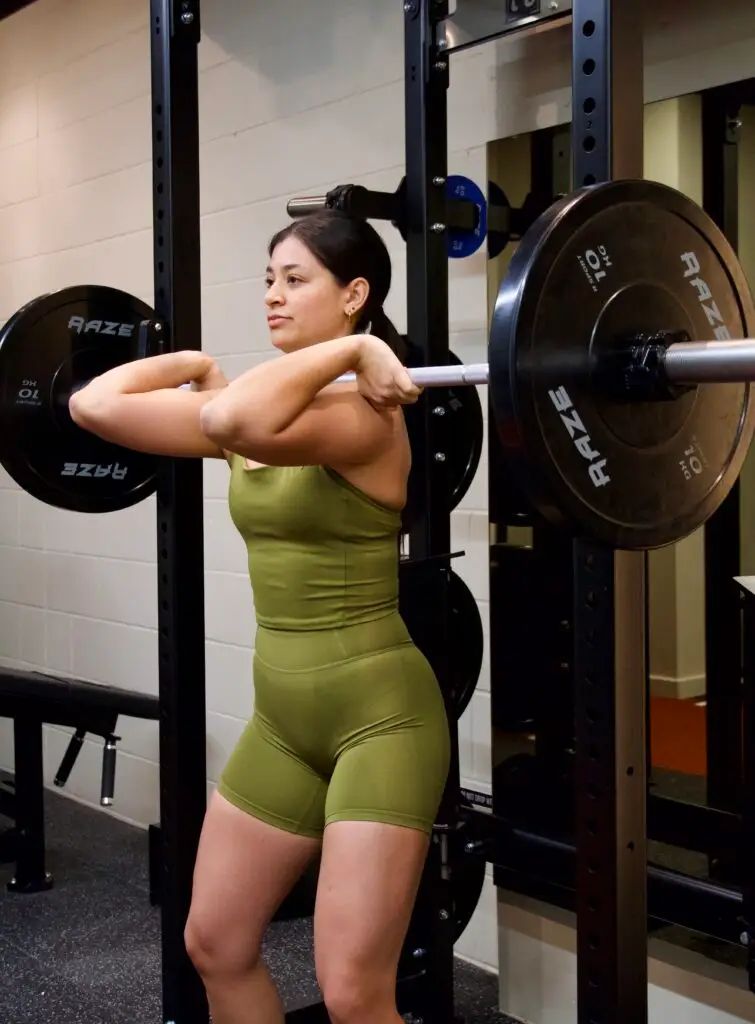
Adapting Your Training: Weekly Sessions and Progression
So, you’re convinced that becoming a hybrid athlete is the path for you. You understand the energy systems, and you’re on board with strength being your foundation. But how do you actually put this into practice? How do you structure your week to effectively train for both strength and endurance without burning out or causing an ‘interference effect’ where one type of training hinders the other? This is where the art and science of hybrid programming come in.
What Does a Hybrid Athlete’s Weekly Sessions Look Like?
There’s no one-size-fits-all answer, as your exact schedule will depend on your current fitness level, your specific goals (e.g., preparing for a Hyrox race vs. general hybrid fitness), and how much time you have available. However, a common and effective approach involves strategically balancing your strength and endurance sessions throughout the week. Here’s a typical example of what a hybrid athlete’s weekly training might look like:
- 2-3 Strength Days: These days are dedicated to your heavy lifting. Focus on compound movements (squats, deadlifts, presses, rows) that build overall strength and muscle mass. You might split these into upper/lower body days or full-body sessions, depending on your preference and recovery capacity. The 12reps app, which we’ll discuss more later, is fantastic for structuring these sessions and ensuring progressive overload.
- 2-3 Endurance Days: These days are for building your cardiovascular engine. This could include a mix of longer, steady-state runs (Zone 2 cardio for aerobic base building), interval training (for improving VO2 max and lactate threshold), or even cycling or rowing for variety and lower impact. For Hyrox preparation, running is paramount, so ensure at least two of these days are dedicated to running.
- 1-2 Hybrid/Skill Days: This is where you integrate the two disciplines or work on specific skills. For Hyrox athletes, this might involve combining short runs with functional movements like sled pushes, burpee broad jumps, or wall balls. These sessions are crucial for teaching your body to perform under fatigue and transition efficiently between different demands. This is also a good time to incorporate mobility and core work.
- 1-2 Rest/Active Recovery Days: These days are just as important as your training days. As discussed in the recovery section, this could be complete rest or light active recovery like walking, stretching, or foam rolling. Listen to your body and don’t be afraid to take an extra rest day if needed.
Example Weekly Schedule (Adjust as needed):
- Monday: Strength (Lower Body Focus)
- Tuesday: Endurance (Longer Run / Zone 2)
- Wednesday: Strength (Upper Body Focus)
- Thursday: Hybrid/Skill Work (e.g., Hyrox simulation, shorter run + functional movements)
- Friday: Strength (Full Body or Accessory Work)
- Saturday: Endurance (Intervals or Tempo Run)
- Sunday: Rest or Active Recovery
The Art of Concurrent Training: Avoiding the Interference Effect
One of the biggest concerns when combining strength and endurance training is the potential for an ‘interference effect,’ where the adaptations from one type of training might blunt the adaptations from the other. While this is a valid concern, especially for elite athletes pushing the absolute limits, for most hybrid athletes, it can be largely mitigated with smart programming.
The key strategies to minimise interference include:
- Separating Sessions: Ideally, perform your strength and endurance sessions at different times of the day, with at least 6 hours between them. If that’s not possible, try to put your priority session first.
- Prioritising Adaptations: If you’re in a strength phase, your strength sessions might be more frequent or intense. If you’re building an endurance base, those sessions might take precedence. Periodisation helps manage this.
- Nutritional Support: Ensure you’re adequately fuelled and recovered between sessions. As discussed, proper protein and carbohydrate intake is crucial.
Progressive Overload in Hybrid Training
Just like in pure strength training, progressive overload is essential for continued adaptation and improvement. This means continually challenging your body in new ways. In hybrid training, this applies to both your strength and endurance components:
- Strength: Increase weight, reps, sets, decrease rest, or improve form.
- Endurance: Increase distance, speed, duration, or reduce recovery time during intervals.
- Hybrid: Increase the intensity or volume of your combined sessions, or reduce transition times between exercises.
For Hyrox training specifically, you’ll want to integrate the functional workout stations into your routine. This means practicing sled pushes and pulls, perfecting your burpee broad jumps, and building endurance for the rowing and SkiErg. These aren’t just strength or endurance movements; they’re skill-based and require specific practice under fatigue. Simulate race conditions by combining running with these stations to build your specific Hyrox fitness. Remember, the goal is not just to be strong or fast, but to be strong and fast when it matters most.

Fueling Your Hybrid Machine: Nutrition for Performance and Recovery
When you’re asking your body to perform at a high level across both strength and endurance disciplines, your nutrition becomes an even more critical piece of the puzzle. You’re no longer just fueling for muscle growth or just for long runs; you’re doing both simultaneously. This means your energy demands are significantly higher, and the quality of your fuel directly impacts your performance, recovery, and ultimately, your ability to adapt and thrive as a hybrid athlete. Think of your body as a high-performance engine – it needs the right type and amount of fuel to run optimally. Here’s how your nutrition changes when you become a hybrid athlete, focusing on the key macronutrients:
Protein: The Non-Negotiable Building Block
Protein is absolutely paramount for a hybrid athlete. It’s the essential macronutrient for muscle repair, recovery, and growth. When you’re constantly breaking down muscle fibres through both heavy lifting and endurance training, you need a consistent supply of amino acids to rebuild and strengthen them. Without adequate protein, you risk impaired recovery, muscle loss, and a plateau in your progress. My recommendation for hybrid athletes is to aim for a higher protein intake than a typical sedentary individual or even a pure endurance athlete.
A good guideline is 1.6 to 2.4 grams of protein per kilogram of lean body mass per day. For example, if you weigh 70kg and have 60kg of lean body mass, you’d be looking at 96-144g of protein daily. It’s best to distribute this intake throughout the day, including before and after workouts, to maximise muscle protein synthesis. Think lean meats like chicken and turkey, fish, eggs, dairy products (like Greek yoghurt and cottage cheese), and plant-based protein sources such as legumes, tofu, and tempeh.
Carbohydrates: Your Primary Performance Fuel
If protein is the building block, carbohydrates are the high-octane fuel. They are your body’s preferred and most efficient energy source for both high-intensity strength work and sustained endurance efforts. Your carbohydrate needs will be substantial, especially on training days, as they replenish your glycogen stores (stored energy in your muscles and liver). Skimping on carbs will leave you feeling sluggish, impact your performance, and hinder recovery.
Focus on complex carbohydrates that provide a sustained release of energy, helping to keep your blood sugar stable and provide consistent fuel. Excellent sources include whole grains (oats, brown rice, quinoa, wholemeal bread), starchy vegetables (potatoes, sweet potatoes, corn), and fruits. The exact amount will vary based on your training volume and intensity, but it’s not uncommon for hybrid athletes to consume 4-7 grams of carbohydrates per kilogram of body weight daily. Don’t shy away from carbs; they are essential for powering your workouts and ensuring you recover effectively.
Fats: Essential for Health and Sustained Energy
While carbohydrates are your primary fuel for high-intensity work, healthy fats are crucial for overall health, hormone production, nutrient absorption, and providing a dense energy source, particularly during longer, lower-intensity endurance activities. They also contribute to satiety, helping you feel fuller for longer. Aim for 0.5 to 1 gram of fat per kilogram of body weight per day, prioritising healthy, unsaturated sources. These include avocados, nuts (almonds, walnuts), seeds (chia, flax, hemp), olive oil, and fatty fish like salmon and mackerel. These provide essential fatty acids that play a vital role in reducing inflammation and supporting countless bodily functions.
Hydration and Micronutrients: The Often-Overlooked Essentials
Beyond the macronutrients, adequate hydration is absolutely critical. As a hybrid athlete, you’ll be sweating a lot, losing both water and electrolytes. Replenish fluids diligently throughout the day, not just during workouts. Consider electrolyte supplements if you’re training for extended periods or in hot conditions. Don’t forget about micronutrients – vitamins and minerals – which are vital for energy production, immune function, and overall health. Ensure your diet is rich in a variety of fruits, vegetables, and whole foods to get a broad spectrum of these essential nutrients. A well-balanced diet will naturally provide most of what you need, but sometimes a multivitamin can act as an insurance policy.
In essence, fueling your hybrid machine is about abundance and quality. You need enough calories to support your demanding training schedule, with a strong emphasis on protein for repair and growth, carbohydrates for fuel, and healthy fats for overall function. This strategic approach to nutrition will not only optimise your performance but also support your body composition goals, helping you achieve that lean, athletic physique.
The Crucial Role of Recovery and Adaptation
When you’re pushing your body in two demanding directions – heavy lifting and intense endurance work, recovery isn’t just important; it’s absolutely critical. Neglecting recovery as a hybrid athlete is a surefire way to hit a wall, get injured, or experience burnout. Your body needs time to repair, adapt, and grow stronger from the stresses you place upon it. This is where the real gains are made, not just in the gym or on the track. Here’s what optimal recovery and rest mean for you as a hybrid athlete:
This is non-negotiable. Sleep is where the magic happens – muscle repair, hormone regulation, central nervous system recovery, and cognitive restoration. Hybrid athletes often need more sleep than the average person, typically 8-10 hours per night. Think of it as your body’s essential maintenance and upgrade cycle. Aim for consistent sleep and wake times, even on weekends, to regulate your circadian rhythm. Create a dark, cool, and quiet sleep environment, and limit screen time before bed. Quality sleep directly translates to better performance, improved mood, and reduced injury risk.
While full rest days are important, active recovery can be incredibly beneficial. This involves low-intensity activities that promote blood flow and aid in nutrient delivery to tired muscles without adding significant stress. Think leisurely walks, light cycling, gentle swimming, or restorative yoga. Active recovery helps to reduce muscle soreness, improve flexibility, and keep your body moving without the high impact of a full training session. It’s about facilitating the healing process, not adding more stress.
As discussed in the previous chapter, nutrition plays a massive role in recovery. Consuming adequate protein immediately after training helps kickstart muscle protein synthesis, repairing damaged muscle fibres. Replenishing glycogen stores with carbohydrates is crucial for energy restoration, ensuring you’re ready for your next session. Don’t underestimate the power of micronutrients from a diverse range of fruits and vegetables for reducing inflammation and supporting overall bodily functions. Your post-workout meal or shake is a critical recovery tool.
This is perhaps the most important piece of advice I can give any athlete, especially a hybrid one. You’ll be constantly walking a fine line between pushing your limits and overtraining. Pay attention to the subtle (and not so subtle) signs of fatigue: persistent soreness that doesn’t subside, irritability, difficulty sleeping, a sudden drop in performance, or a lack of motivation. These are all signals that you might need more rest, a deload week, or a complete break. Don’t be afraid to adjust your training plan based on how you feel. Pushing through constant fatigue is a recipe for injury and burnout, not progress.
Physical stress from training is compounded by mental and emotional stress from daily life. Chronic stress can significantly impair recovery and performance. Incorporate stress-reducing practices into your daily routine like mindfulness, meditation, deep breathing exercises, spending time in nature, or simply taking time for hobbies and relaxation. A calm mind contributes to a calm body, which recovers more efficiently.
Regular mobility work and stretching can help maintain range of motion, prevent stiffness, and reduce the risk of injury. Incorporate dynamic stretches before workouts to prepare your body for movement, and static stretches or foam rolling after sessions to aid in recovery and improve flexibility. A mobile and flexible body is a more efficient and resilient body.
By diligently focusing on these recovery strategies, you’ll not only prevent overtraining but also unlock your full potential as a hybrid athlete. Your body will adapt more effectively to the demanding training load, becoming stronger, more enduring, and more resilient over time. This consistent, intelligent approach to recovery is what allows for sustainable progress and long-term success in your hybrid journey.
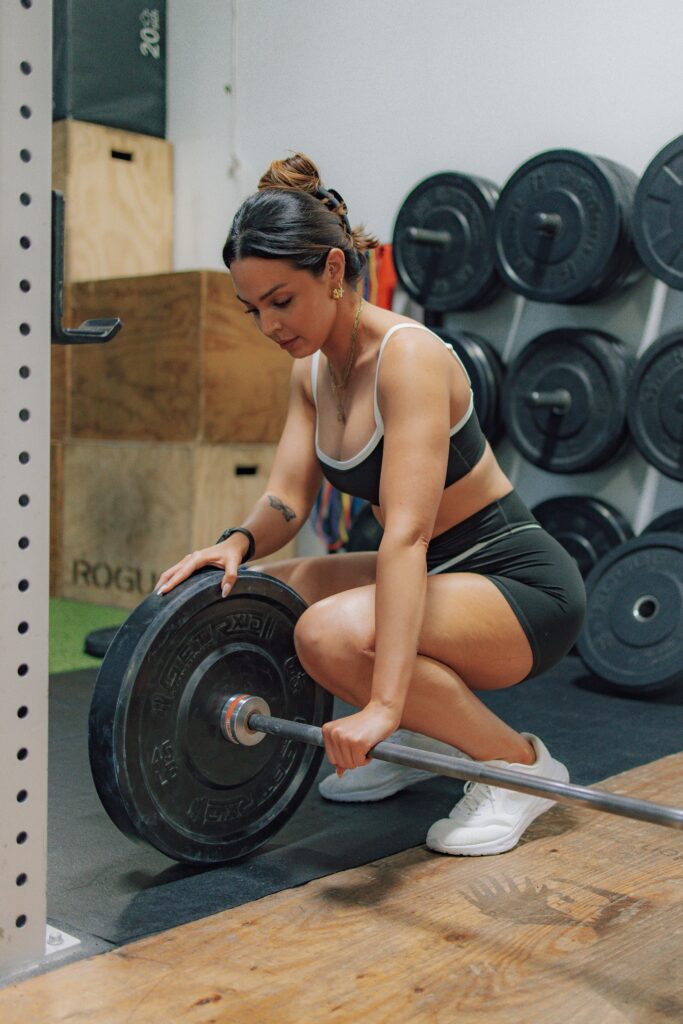
Conclusion: Embrace the Hybrid Journey
We’ve covered a lot of ground, from understanding the multifaceted nature of a hybrid athlete to dissecting the critical role of strength, optimising your training schedule, fine-tuning your nutrition, and prioritising recovery. The journey from a pure strength athlete to a truly hybrid individual is a challenging yet incredibly rewarding one. It demands dedication, intelligent programming, and a willingness to step outside your comfort zone.
But the benefits are immense. You’ll build a body that is not only strong and powerful but also possesses incredible endurance and resilience. You’ll achieve that coveted leaner physique, a testament to your balanced approach to fitness. More importantly, you’ll unlock a new level of functional fitness, capable of tackling diverse physical challenges, whether it’s a marathon, a CrossFit competition, or the ultimate test of hybrid fitness: Hyrox. This isn’t just about looking good; it’s about feeling capable, confident, and ready for anything life throws at you.
As you embark on this exciting path, remember that consistency and smart training are your best allies. And for your strength training, which we’ve established as the number one component, the 12reps app can be an invaluable partner. It’s designed to provide you with personalised strength training plans that adapt to your goals, equipment, and schedule, ensuring you build that crucial foundation without guesswork. It’s like having a personal strength coach in your pocket, guiding you through every rep and set, helping you to progressively overload and get stronger, which in turn fuels your endurance pursuits.
So, are you ready to redefine what’s possible for your body? Are you ready to become a truly well-rounded athlete, capable of both lifting heavy and running far? The hybrid journey awaits. Embrace the challenge, trust the process, and enjoy the incredible transformation that comes with becoming a stronger, more enduring, and ultimately, more capable you.
